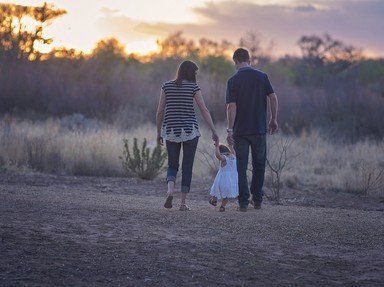Quiz Answer Key and Fun Facts
1. TRUE OR FALSE? Family violence creates a home environment where children live in constant fear.
2. TRUE OR FALSE? Children who witness family violence are not affected in ways similar to children who are physically abused.
3. According to the American Psychological Association, "Violence and the Family: Report of the APA Presidential Task Force on Violence and the Family in 1996", each year an estimated ___ million children are exposed to violence against their mothers or female caretakers by family members.
4. According to J.L. Edleson, "The overlap between child maltreatment and woman battering." Violence Against Women, in February, 1999, studies show that child abuse occurs in 30% to ___% of family violence cases that involve families with children.
5. According to Pagelow, "The Forgotten Victims: Children of Domestic Violence," in 1989, in a survey of 6,000 American families found that ____ of men who assault their wives, also abuse their children.
6. According to Pagelow, "Effects of Domestic Violence on Children," Mediation Quarterly, in 1990, research shows that _____ percent of children living in homes where there is domestic violence are aware of the violence.
7. According to Bowker, Arbitell and McFerron in 1988, in families where the mother is assaulted by the father, daughters' risk of sexual abuse is _____ times greater than girls in non-abusive families.
8. TRUE OR FALSE? A child's exposure to the father abusing the mother is not a risk factor in transmitting violent behavior from one generation to the next.
9. Male children raised in a domestically-violent family NEVER try to protect their mothers.
10. Children who are raised in domestically violent homes can develop PTSD (Post Traumatic Stress Disorder), requiring possible medication and counseling later in their lives.
Source: Author
frostwoman
This quiz was reviewed by FunTrivia editor
crisw before going online.
Any errors found in FunTrivia content are routinely corrected through our feedback system.


